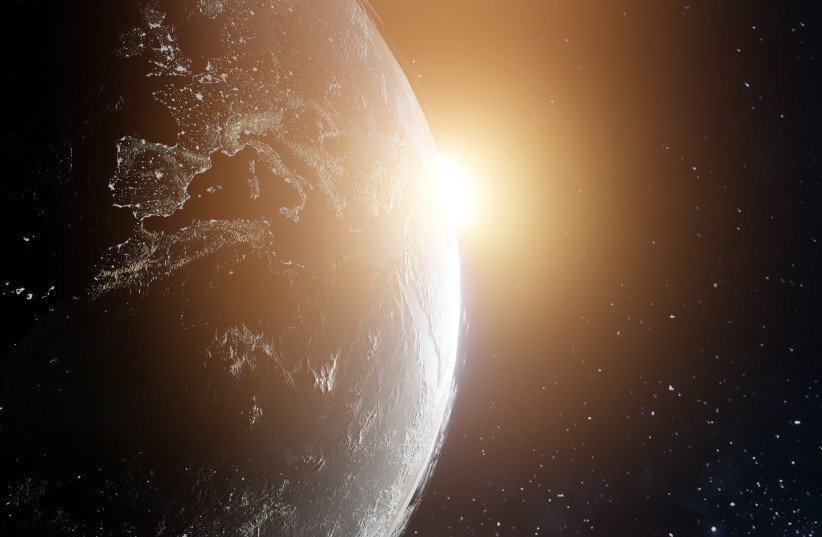A new study conducted by scientists at the University of Copenhagen challenges previous notions about the formation of Earth.
The research, which proposes that Earth's formation took place within a few million years, significantly shorter than the previously estimated 100 million years, has important implications for the potential habitability of planets beyond our solar system.
The peer-reviewed study, published in the scientific journal Nature, suggests that Earth's quick formation resulted from the rapid accumulation of small pebbles, ultimately leading to the emergence of water - a crucial ingredient for life.
For decades, the scientific community believed that the Earth formed over an extended period of time, relying on fortuitous collisions with water-rich asteroids like comets to bring water to the planet's surface. however, the recent study introduces a new perspective.
Professor Martin Bizzarro from the Globe Institute, a co-author of the study, explained, "We show that the Earth formed by the very fast accumulation of small millimeter-sized pebbles. In this mechanism, the Earth was formed in just a few million years. It appears that the presence of water on Earth is a byproduct of its formation."
The research findings not only suggest a significantly faster formation process for Earth but also indicate that the presence of water is an expected outcome of this process.

More optimistic outlook on the existence of habitable planets
This groundbreaking discovery paves the way for a more optimistic outlook on the existence of habitable planets throughout the universe.
Bizzarro further explained, "With this new planet formation mechanism, the chance of having habitable planets in the galaxy is much higher than we previously thought."
The concept of habitability refers to a planet's potential to possess the necessary ingredients on its surface for life to thrive, with water being a crucial factor.
Associate Professor Martin Schiller, another contributor to the study, stated, "People have debated how planets form for a long time. One theory is that planets are formed by the gradual collision of bodies, progressively increasing their size over 100 million years. In this scenario, the presence of water on Earth would need a sort of chance event."
However, the new study challenges this conventional wisdom, offering a fresh theory on Earth's creation. The research suggests that during the early stages, a disk surrounding the Sun is filled with small dust particles. As planets grew to a certain size, they acted as "vacuum cleaners," swiftly accumulating the surrounding dust particles.
This rapid accumulation process facilitated Earth's growth to its present size within a few million years. Importantly, the disk also contained icy particles, which merged with the ust, resulting in the presence of water during Earth's formation.
Ph.D. student Isaac Onyett, the corresponding author of the study, highlighted the role of dust particles in Earth's formation, saying, "Once a planet reaches a certain size, it sort of acts like a vacuum cleaner, sucking up all that dust very quickly, which contributes to its growth to Earth-size in just a few million years."
The discovery of this dust "vacuuming" mechanism played a pivotal role in Earth's formation and ensured the delivery of water to our planet.
Furthermore, the presence of water during the early stages of Earth's development raises the likelihood of water being present on other planets as well.
Bizzarro noted that "this theory would predict that whenever you form a planet like Earth, you will have water on it. If you go to another planetary system where there is a planet orbiting a star the size of the Sun, then the planet should have water if it is in the right distance."
To understand the mechanisms and timescales of planet formation, the researchers utilized silicon isotopes. Through the analysis of over 60 different meteorites and planetary bodies, they established genetic relationships between Earth, Mars and other celestial objects, providing valuable insights into the building blocks and processes involved in Earth's formation.
